Recent strange activity around Jupiter’s volcanic moon, Io, confused and excited scientists.
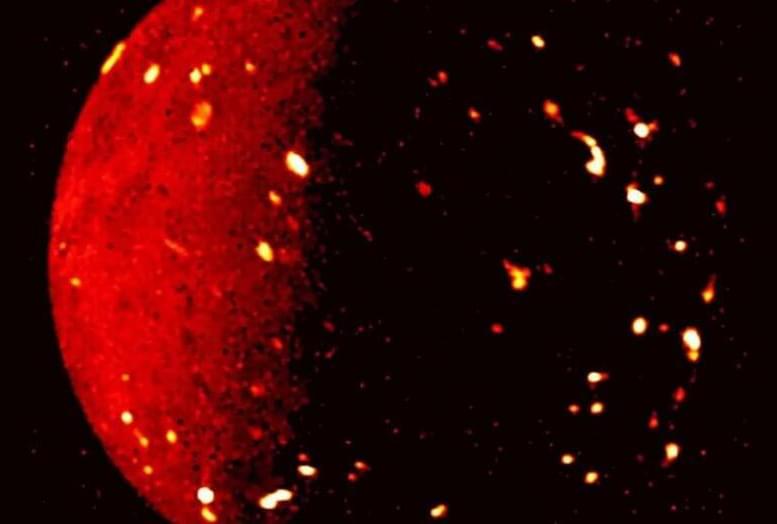

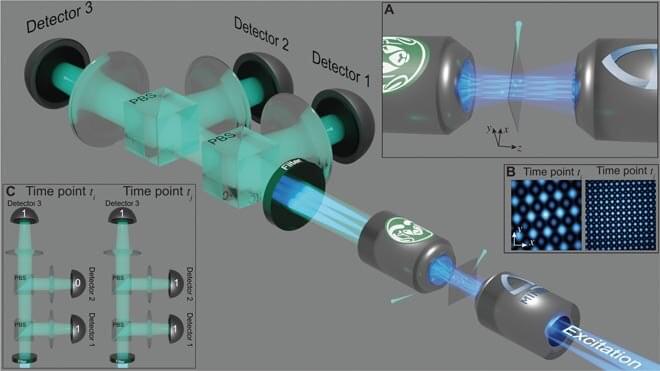
The ability to see invisible structures in our bodies, like the inner workings of cells, or the aggregation of proteins, depends on the quality of one’s microscope. Ever since the first optical microscopes were invented in the 17th century, scientists have pushed for new ways to see more things more clearly, at smaller scales and deeper depths.
Randy Bartels, professor in the Department of Electrical Engineering at Colorado State University, is one of those scientists. He and a team of researchers at CSU and Colorado School of Mines are on a quest to invent some of the world’s most powerful light microscopes—ones that can resolve large swaths of biological material in unimaginable detail.
The name of the game is super–resolution microscopy, which is any optical imaging technique that can resolve things smaller than half the wavelength of light. The discipline was the subject of the 2014 Nobel Prize in Chemistry, and Bartels and others are in a race to keep circumventing that diffraction limit to illuminate biologically important structures inside the body.
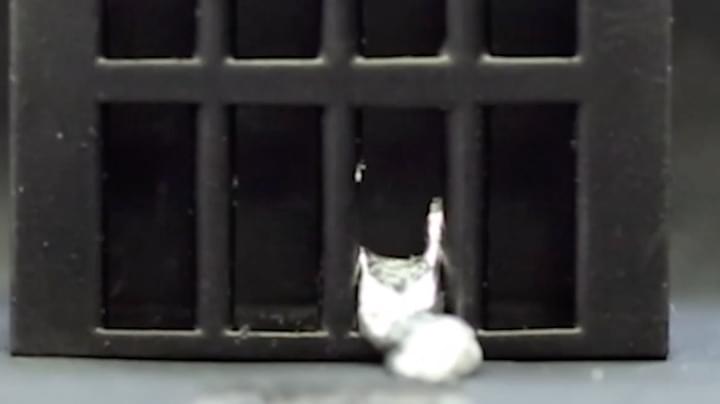
Objects are also magnetic and can conduct electricity Researchers reveal person-shaped robot that can turn themselves into liquid Researchers have created humanoid, miniature robots that can shapeshift and turn into liquid. The breakthrough could allow for the creation of more robots that can shift between liquid and solid, allowing them to be used in a variety of situations.

An enzyme that defends human cells against viruses can help drive cancer evolution towards greater malignancy by causing myriad mutations in cancer cells, according to a study led by investigators at Weill Cornell Medicine. The finding suggests that the enzyme may be a potential target for future cancer treatments.
In the new study, published recently in the journal Cancer Research, scientists used a preclinical model of bladder cancer to investigate the role of the enzyme called APOBEC3G in promoting the disease and found that it significantly increased the number of mutations in tumor cells, boosting the genetic diversity of bladder tumors and hastening mortality.
“Our findings suggest that APOBEC3G is a big contributor to bladder cancer evolution and should be considered as a target for future treatment strategies,” said study senior author Dr. Bishoy M. Faltas, assistant professor of medicine in the Division of Hematology and Medical Oncology and of cell and developmental biology at Weill Cornell Medicine, and an oncologist who specializes in urothelial cancers at NewYork-Presbyterian/Weill Cornell Medical Center.

According to recent research individuals who use statins, a class of drugs that decrease cholesterol levels may have a decreased risk of an intracerebral hemorrhage. Intracerebral hemorrhage is a type of stroke caused by bleeding in the brain. The study was recently published in the journal Neurology.
“While statins have been shown to reduce the risk of stroke from blood clots, there has been conflicting research on whether statin use increases or decreases the risk of a person having a first intracerebral hemorrhage,” said study author David Gaist, MD, Ph.D., of the University of Southern Denmark in Odense and a member of the American Academy of Neurology. “For our study, we looked at the lobe and non-lobe areas of the brain to see if the location was a factor for statin use and the risk of a first intracerebral hemorrhage. We found that those who used a statin had a lower risk of this type of bleeding stroke in both areas of the brain. The risk was even lower with long-term statin use.”
The lobe area of the brain includes most of the cerebrum, including the frontal, parietal, temporal, and occipital lobes. The non-lobe area primarily includes the basal ganglia, thalamus, cerebellum, and brainstem.
When Japan’s Hayabusa mission traveled to asteroid Itokawa, it collected samples. These successfully reached Earth in 2010.
Near Earth asteroid Itokawa is a rubble pile that formed more than four billion years ago, a new study found. So, these asteroids might be resilient to demise.

A gene called BPIFB4, discovered in a population of centenarians, could help to reverse the aging of human hearts.
Carriers of healthy mutant genes, including people in so-called “blue zones” of the world, often live to 100 years or more and remain in good health. Cardiovascular complications are also rarer in these individuals. Scientists now believe that a gene may help to keep their hearts young by protecting them against diseases linked to aging.
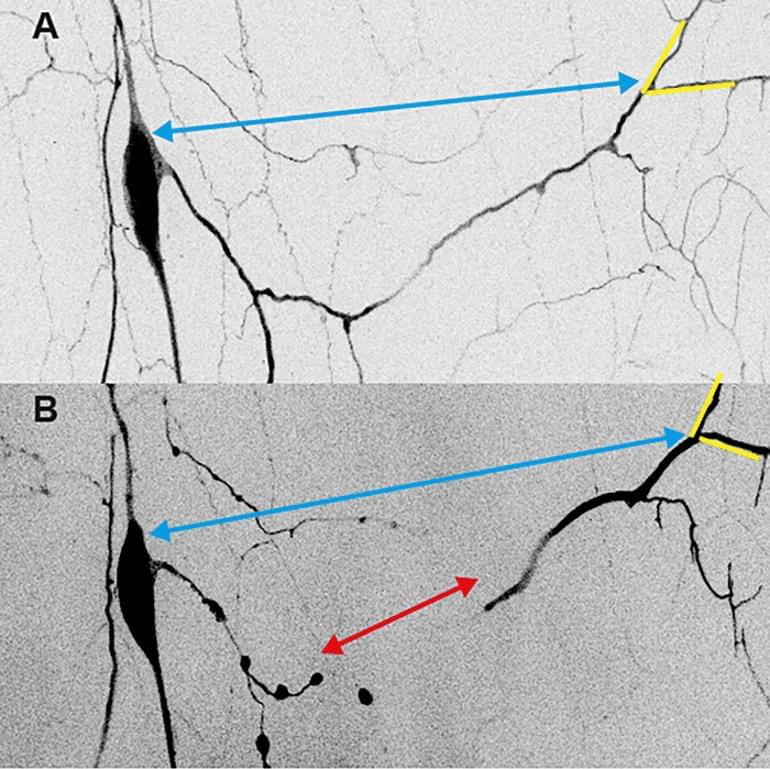
Summary: Synaptic pruning occurs as a result of mechanical tearing, a new study reveals.
Source: University of Munster.
Nerve cells communicate with one another via long processes known as axons and dendrites, or, more generally, neurites. During development, these processes first grow and form connections with other cells, for example synapses with other nerve cells. Any neurites which are not properly linked, or are no longer needed, are removed by a corrective mechanism known as “pruning”.
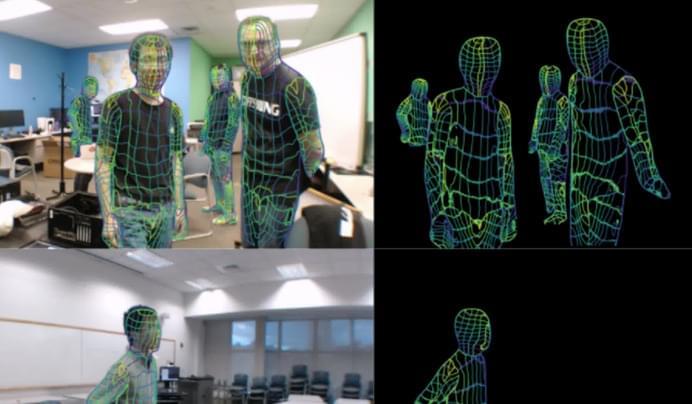
‘This technology may be scaled to monitor the well-being of elderly people or just identify suspicious behaviours at home,’ scientists claim Scientists have figured out how to identify people in a building by using artificial intelligence to analyse WiFi signals. A team at Carnegie Mellon University developed a deep neural network to digitally map human bodies when in the presence of WiFi signals.
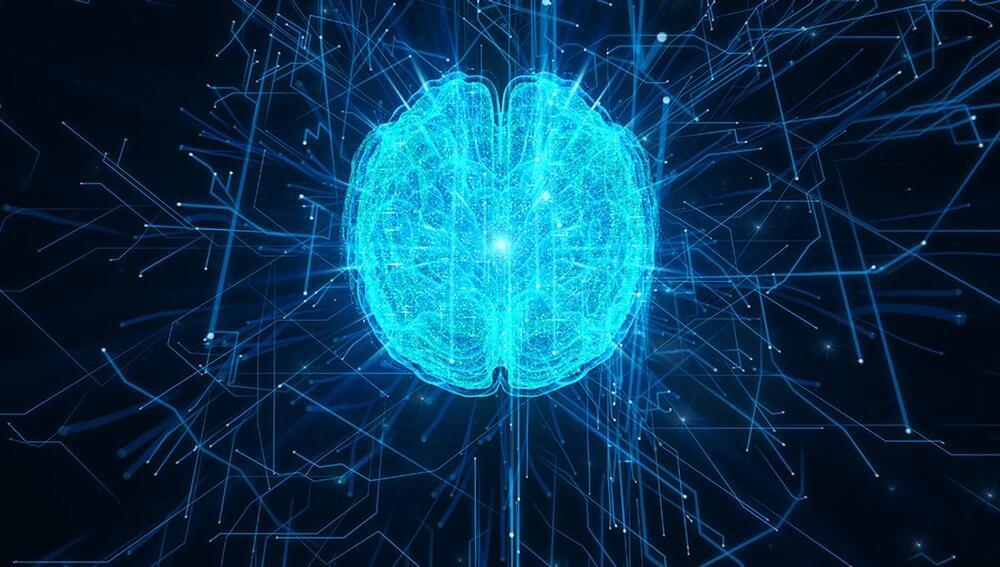
Researchers have claimed that artificial intelligence (AI) will reach the singularity within seven years, after attempting to quantify its progress.
Translation company Translated, presenting their work at an Association for Machine Translation in the Americas conference, explained that they first began testing machine translation technology in 2011. The team settled on a metric to measure AI progress, which they’ve called “Time to Edit” (TTE). Simply put, it is the time it takes a human translator to edit a translation produced by another human or an AI.
Over the years, the TTE for AI-translated texts has come down fairly consistently, leading Translated to predict the date when AI hits the singularity, when the time is equivalent to human translators.